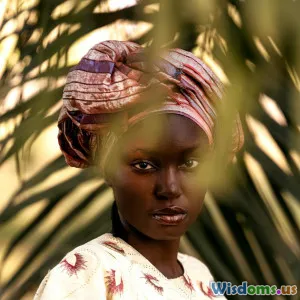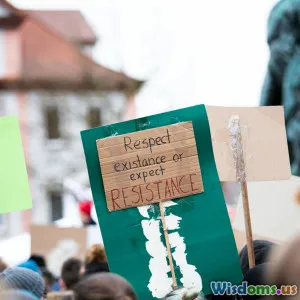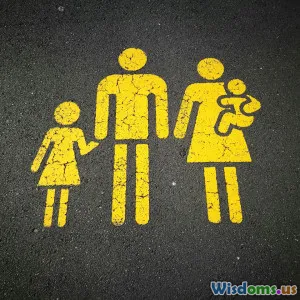
Exploring Cultural Identity through Art
5 min read Discover how art serves as a powerful medium for expressing and shaping cultural identity. (0 Reviews)
Exploring Cultural Identity through Art
Art has been a fundamental part of human existence, serving as a mirror to society and a means of expressing the complexities of cultural identity. From ancient cave paintings to contemporary installations, art provides a unique lens through which we can explore who we are, where we come from, and how we relate to one another in an increasingly globalized world.
The Role of Art in Cultural Identity
Cultural identity encompasses the values, beliefs, traditions, and practices that define a group of people. Art plays a crucial role in this process by:
- Preserving History: Artistic expressions often reflect historical narratives, capturing the essence of a culture’s past. For example, Indigenous art forms in North America document ancestral stories and spiritual beliefs, preserving them for future generations.
- Fostering Community: Art brings people together, creating a sense of belonging and shared identity. Community murals, for instance, often celebrate local culture and history, enhancing civic pride.
- Challenging Stereotypes: Artists use their work to confront and question cultural stereotypes, promoting dialogue and understanding. By showcasing diverse perspectives, art can dismantle preconceived notions and encourage empathy.
Case Studies: Art as a Cultural Vehicle
1. Street Art and Urban Identity
Street art has emerged as a powerful medium for expressing cultural identity in urban environments. Artists like Banksy use public spaces to comment on social issues, encouraging passersby to engage with their surroundings and reflect on cultural narratives.
2. Indigenous Art Movements
Indigenous artists worldwide are reclaiming their cultural narratives through art. In Australia, Aboriginal artists use traditional techniques to create contemporary works that speak to their identity and experiences. Their art serves as a vehicle for storytelling, education, and cultural preservation, emphasizing the importance of keeping traditions alive in a modern context.
3. Global Art Collaborations
The rise of global art movements and collaborations showcases how interconnected our cultural identities have become. Events like the Venice Biennale or the Documenta exhibition draw artists from around the world, fostering cross-cultural exchanges. These platforms allow artists to share their stories, contributing to a broader understanding of global cultural dynamics.
The Impact of Technology on Artistic Expression
Technological advancements have transformed the way artists create and share their work, further influencing cultural identity. Digital platforms like Instagram and TikTok have democratized art, allowing diverse voices to be heard. Artists can now reach global audiences, transcending geographical boundaries and cultural barriers.
Virtual Reality and Augmented Reality
These technologies are reshaping the art world, offering immersive experiences that allow audiences to engage with cultural narratives in innovative ways. For instance, VR installations can transport viewers to distant cultures, enriching their understanding and appreciation of global diversity.
Conclusion: Art as a Bridge to Understanding
Art remains a vital avenue for exploring and expressing cultural identity. As societies evolve, the role of art in shaping our understanding of ourselves and others becomes even more significant. By engaging with diverse artistic expressions, we cultivate empathy, foster community, and celebrate the rich tapestry of human experience. In a world that often feels divided, art serves as a powerful reminder of our shared humanity.
Rate the Post
User Reviews
Popular Posts





















